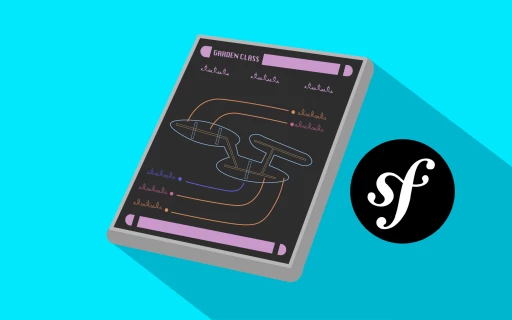Doctrine, Symfony 7 y la base de datos
Database and Doctrine + Symfony 7 time: learn how to insert and update entities, generate migrations for schema changes, query for data and much more.
- beginner
- 1219 students
- EN/ES Captions
- EN/ES Script
- Certificate of Completion
Your Guides
About this course
¡Woh! Ya llevas dos cursos en Symfony. ¡Es hora de pasar a warp 11 "conectando" con una base de datos!
Este tutorial trata sobre la base de datos y una librería llamada Doctrine: un potente ORM que nos permitirá hablar con una base de datos desde dentro de nuestra aplicación de Symfony. Con la potencia de los atributos y herramientas de PHP 8 dentro de Symfony, Doctrine no sólo es muy potente, sino que es divertido trabajar con él. ¡Te va a encantar!
Next courses in the Symfony 7: The Fundamentals section of the Symfony 7 Track!
3 Comments
Sort By
Hey @miskynscz!
Look for this to start being released in the next week!




Hi!
I have a question about the release of this course. Do you have any info when this course will come out?